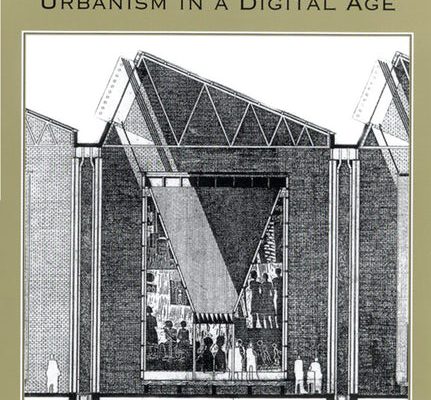[Reading Response: Ackbar Abbars]
This essay mentioned two concepts: exorbitant city and generic city. Although the two concepts seem a bit contradictory in the essay that exorbitant is very complex in its humanity and history while generic is those without the specific characteristic. However, in my opinion, I think one city can be both exorbitant and generic or transform from one to another. A city becomes generic when it is extremely exorbitant. As the author quotes: one must monotonize existence in order to get rid of monotony. When it has too complex characters, none of them will stand out and make the city to
